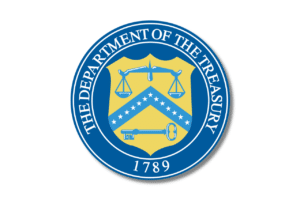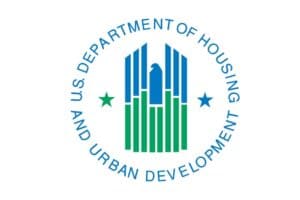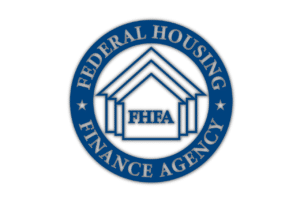News

Updated LIHTC Provisions in Senate Build Back Better Act
Over the weekend, the Senate Finance Committee released its portion of the Build Back Better Act, which makes important modifications to the LIHTC provisions in the bill.

NH&RA Joins HTC Letter to Democratic Leadership
NH&RA joined a letter calling on Senate Majority Leader Chuck Schumer (D-NY), House Speaker Nancy Pelosi (D-CA), Senate Finance Committee Chairman Ron Wyden (D-OR) and House Ways and Means Committee Chairman Richard Neal (D-MA) to add Historic Tax Credit provisions back into the Build Back Better Act.

NH&RA Joins AIT Letter to Treasury
NH&RA and 30 other housing organizations sent a letter to the Department of the Treasury requesting issuance of a final LIHTC average income test minimum set-aside rule.

HUD Eliminates Hard Copies of Closing Document Post-Endorsement
HUD’s Office of Multifamily Housing sent a memo to Federal Housing Administration Multifamily Accelerated Processing lenders eliminating the submission of a hard copy of closing documents, so long as they are identical in every respect as the submission that was provided electronically to HUD.

Congress Funds Government Through Feb. 18
Last week, Congress passed a continuing resolution that will fund the federal government at its current levels through February 18, averting a shutdown.

IRS Sets Threshold for Four Percent Floor Eligibility
Last week, the Internal Revenue Service published Revenue Ruling 2021-20, which limits the LIHTC buildings that are eligible for the fixed four percent floor.

Austin On-Track to Become Least Affordable Housing Market U.S. Outside of California
According to a forecast prepared by Zillow the Austin metropolitan area is on track to become by year’s end the least affordable major metro region for homebuyers outside of California.

Kansas to Release Results of First Housing Study in Nearly Three Decades
Kansas Housing Resources Corporation will release the results of its year-long comprehensive statewide housing needs assessment following a state-wide tour.

FHFA Releases 2022 Scorecard for Fannie Mae, Freddie Mac and Common Securitization Solutions
The Federal Housing Finance Agency (FHFA) released the 2022 Scorecard for Fannie Mae, Freddie Mac (the Enterprises), and Common Securitization Solutions, LLC (CSS).

HUD Announces Several Staff Appointments
Yesterday, HUD announced staff appointments across several of its offices.

Busy December Ahead for Congress
Congress returns from Thanksgiving break with a long to-do list and not much time left.

NHPF, Enterprise Report Offers Seven Strategies to More Resilient Affordable Housing
The NHP Foundation and Enterprise’s new report, A Decade of Rental Housing Vulnerability: Lessons Learned from Financial Crisis to Coronavirus, provides results of a survey of one hundred stakeholders from across the affordable housing spectrum, examining how lessons from recent history inform industry interventions of today and tomorrow.